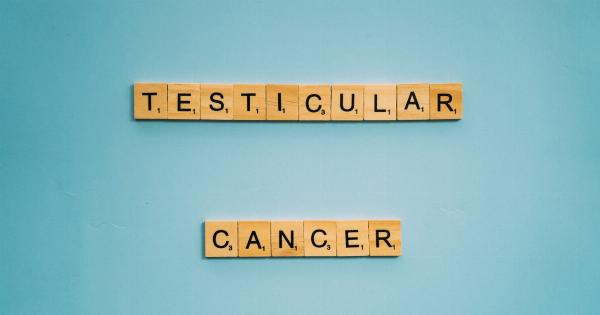Cryptorchidism, also known as undescended testicles, is a condition characterized by the failure of one or both testes to descend into the scrotum. This condition affects approximately 2-5% of full-term male infants and 30% of premature male infants.
Several studies have indicated a potential correlation between cryptorchidism and an increased risk of testicular cancer later in life. However, the exact nature of this relationship remains unclear and continues to be a subject of ongoing research.
What is Cryptorchidism?
Cryptorchidism occurs when the testes fail to descend into the scrotum during fetal development. Normally, the testes develop within the abdomen and gradually descend through the inguinal canal into the scrotum by the time of birth.
However, in cases of cryptorchidism, one or both testes remain in the abdomen or fail to descend fully into the scrotum.
The exact cause of cryptorchidism is not well understood, but it is believed to involve a combination of genetic, hormonal, and environmental factors.
Some of the known risk factors for cryptorchidism include premature birth, family history of the condition, low birth weight, and exposure to certain chemicals and medications during pregnancy.
Risk of Testicular Cancer
Testicular cancer is a relatively rare form of cancer that primarily affects young men. It is one of the most common cancers in males between the ages of 15 and 40.
The exact causes of testicular cancer are unclear, but several risk factors have been identified, including a history of cryptorchidism.
Studies have shown that individuals with a history of cryptorchidism are at an increased risk of developing testicular cancer compared to those without the condition.
However, it is important to note that the majority of males with cryptorchidism do not develop testicular cancer.
Possible Mechanisms
The exact mechanisms through which cryptorchidism may increase the risk of testicular cancer are still being investigated. However, several hypotheses have been proposed:.
Hormonal Imbalance:
It is believed that hormonal imbalances associated with cryptorchidism, such as elevated levels of gonadotropins (hormones that stimulate the testes), may contribute to the development of testicular cancer.
These hormonal imbalances could potentially disrupt normal testicular development and increase the risk of malignant transformation.
Abnormal Testicular Development:
Another theory suggests that the abnormal positioning of the testes in cryptorchidism may lead to altered testicular development, making the testes more susceptible to cancerous changes.
Genetic Factors:
There is evidence to suggest that certain genetic factors may contribute to both cryptorchidism and testicular cancer.
Some genetic mutations and variations have been identified in individuals with both conditions, indicating a potential shared genetic predisposition.
Environmental Factors:
Exposure to certain environmental factors during pregnancy or early childhood has also been proposed as a potential risk factor for both cryptorchidism and testicular cancer.
These factors may include endocrine-disrupting chemicals, maternal smoking, and prenatal exposure to certain medications and substances.
Screening and Prevention
Due to the potential increased risk of testicular cancer associated with cryptorchidism, regular screening and vigilance are recommended for individuals with a history of undescended testicles.
Testicular self-examinations, clinical examinations, and imaging studies may be involved in the screening process.
In terms of prevention, early surgical intervention to correct cryptorchidism is recommended to ensure proper testicular descent and development.
The timing and type of surgery may vary depending on factors such as the age of the patient, the extent of the condition, and the presence of other associated abnormalities.
Conclusion
While a correlation has been observed between cryptorchidism and an increased risk of testicular cancer, further research is needed to fully understand the underlying mechanisms and to develop effective preventive strategies.
Individuals with a history of cryptorchidism should remain vigilant and undergo regular screenings as recommended by their healthcare providers.





























